Plate No. 616
British efforts to defeat the Ottoman Turks in the Near East during World War I were welcomed by many Jews in Palestine and the Diaspora. Zionists saw in the conflict an opportunity to further the movement for a recreated Jewish homeland. The British Govemment was pressed to permit the formation of a Jewish unit that would participate in the liberation of Palestine. Before the war was to end five battalions of Jews of several nationalities were raised the 38th through 42nd (Service) Battalions of the Royal Fusiliers (City of London Regiment). Together they were known as the "Jewish Legion."(1) The 39th Battalion was made up almost entirely of Jews who were resident in the United States and Canada.
The recruit in our plate wears a white arrnband with blue and red printing which was issued to American volunteers.(2) Civilian clothes were worn until they arrived at their first base, Camp Fort Edward, Nova Scotia.
Seconded to the battalion in England for training duties, the Royal Fusilier staff sergeant pictured wears a l902 pattern khaki service dress with brass general service buttons. Two wound bars and a brass marksman's proficiency badge are on the left sleeve. On the right are overseas service chevrons, one for each year, the red denoting overseas in I914. His web belt is pattern 1908. A red sash is traditional for sergeants in British infantry regiments. On his chest are ribbons of the King's and Queen's South Africa Medals and an Army Long Service Medal. The Royal Fusiliers cap and shoulder badges are brass, seen in detail at the top of our plate.(3)
The privates wear warm climate dress. The foreground private is prepared for night patrol. The tunic and shorts are unbleached cotton khaki drill. The 39th's red Star of David patch is sewn to the shoulder of the tunic.(4) Brown leather equipment is pattern 1914, the rifle the Short Model Lee-Enfield, .303 caliber. The trench club is soldier made. Invariably, wire stiffeners were removed from the cap crowns. For stealth, the boots are rag wrapped; for protection his knees are as well.(5) The other private wears a sand or khaki colored sun helmet and regulation blue-gray collarless pullover shirt.
The captain's tunic is an open-neck, khaki serge with light drab embroidered stars on the cuffs to indicate rank. On the left cuff is a brass wound bar; on the right are service chevrons. Bronze Royal Fusiliers badges appear on the lapels. On the left breast are worn the ribbons for the 1914/ l 5 Star, War Medal and Victory Medal. Leather Sam Browne.equipment is brown. In late 1919, reduced to one battalion, the Jewish Legion was given the title, "First Judeans," and awarded a distinctive cap badge, a Menorah with the Hebrew word Kadima, meaning "Forward" as well as "Eastward." (6)
(The assistance ov Company member Tom McQuirl and Lt. Col. W.G. Pettifar, M.B.E., The Royal Regiment of Fusiliers, is greatly appreciated.)
R.J. Marrion
Wayne Colwell

2. Original armband on exhibit in the Haganah Museum, Tel Aviv.
3. D.S.V. Fosten and R.J. Marrion, The British Army 1914-1918, London, 1978. Much data on British Army dress was found in this text.
4. H.P. O'Neill, p 28. The 38th Battalion's Star of David was outlined in purple; the 40th's in blue.
5. Ze'ev Jabotinsky, p 124.
6. Elias Gilner, War and Hope, New York, 1969, p 111, O'Neill, p. 28.